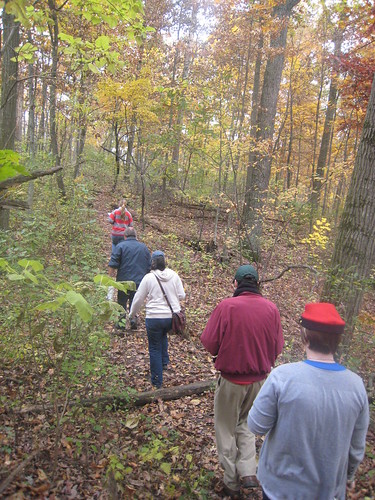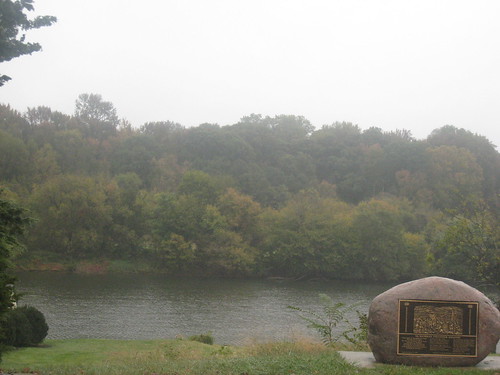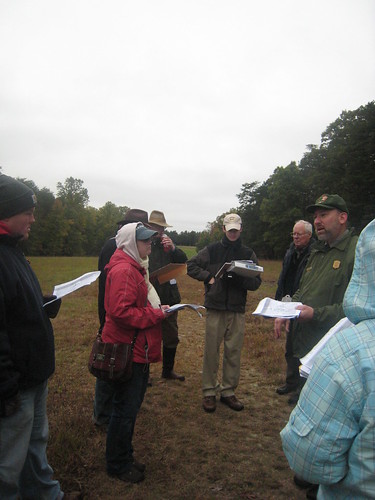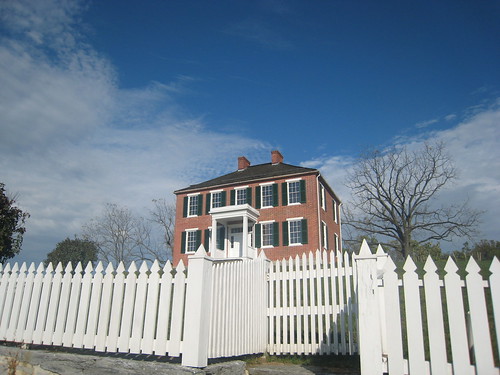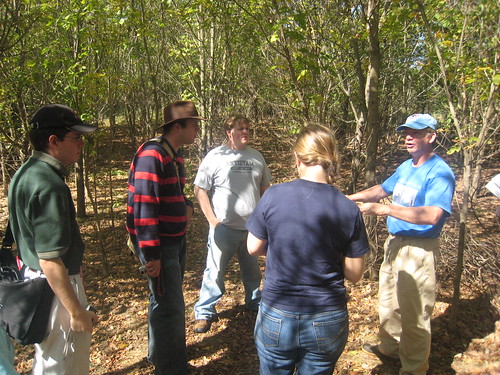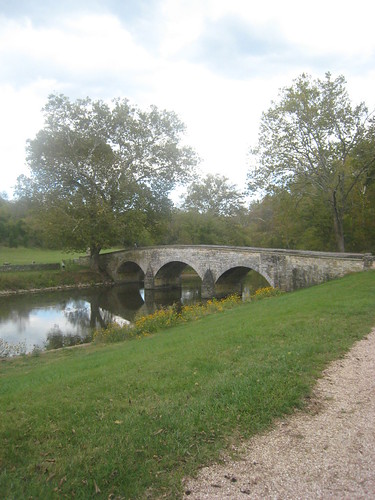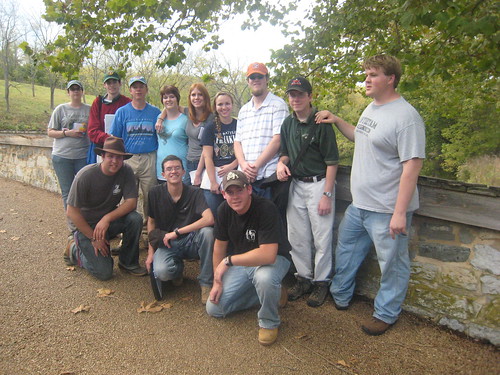 Last Friday, we slept in and stayed home for a tour of the First Day at Gettysburg! Although we’ve all been to the battlefield before – certainly since being here, including a few walks with our own Zack Fry – I was excited to begin the Gettysburg Semester’s three-week exploration of the battle. We met our guide, John Archer, at East Cemetery Hill, which he and Dr. Guelzo explained was the reason for fighting at Gettysburg. We were able to understand this looking around, for the plateau commands a view of the entire surrounding area.
Last Friday, we slept in and stayed home for a tour of the First Day at Gettysburg! Although we’ve all been to the battlefield before – certainly since being here, including a few walks with our own Zack Fry – I was excited to begin the Gettysburg Semester’s three-week exploration of the battle. We met our guide, John Archer, at East Cemetery Hill, which he and Dr. Guelzo explained was the reason for fighting at Gettysburg. We were able to understand this looking around, for the plateau commands a view of the entire surrounding area. 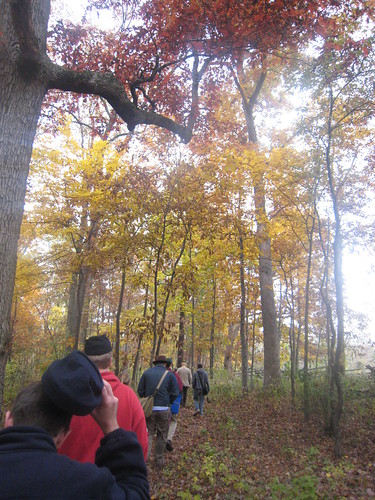 Making our way to the location of the alleged location of the “first shot” fired during the battle, John Archer explained the reasons for Lee’s invasion and impressed upon us that the fighting at Gettysburg was not planned. We then made our way to McPherson’s Ridge, where Mr. Archer described Buford’s holding action and Reynolds’ arrival. We followed a path through the woods to Willoughby Run, where we discussed the Iron Brigade’s flanking maneuvers against Archer’s men. (Not to mention enjoyed the lovely fall colors while we were surrounded by trees and falling leaves!)
Making our way to the location of the alleged location of the “first shot” fired during the battle, John Archer explained the reasons for Lee’s invasion and impressed upon us that the fighting at Gettysburg was not planned. We then made our way to McPherson’s Ridge, where Mr. Archer described Buford’s holding action and Reynolds’ arrival. We followed a path through the woods to Willoughby Run, where we discussed the Iron Brigade’s flanking maneuvers against Archer’s men. (Not to mention enjoyed the lovely fall colors while we were surrounded by trees and falling leaves!) We then continued to the unfinished railroad cut, where Mr. Archer explained the fighting of the 6th Wisconsin, the 14th Brooklyn, and the 95th New York there. (My darling roommate even sported a 14th Brooklyn kepi!) We then went to Oak Ridge and Oak Hill, where we discussed the bloody action between Iverson’s and Robinson’s men – and Jacob Dinkelaker made some hilarious tasteless jokes about Sally Ann, the 11th Pennsylvania’s mascot dog. We also talked about issues of battlefield preservation and tourism at Gettysburg, including Gettysburg College’s destruction of the other railroad cut.
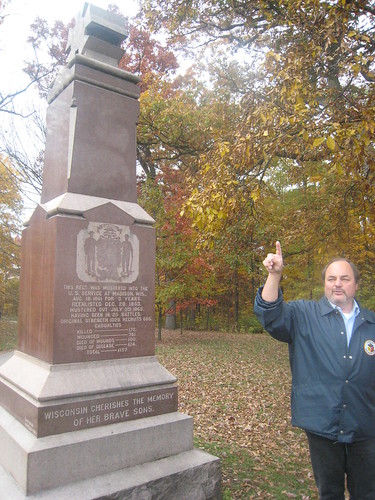 After eating at the Appleford, we made our way to Barlow’s Knoll, and Mr. Archer explained the composition of the Eleventh Corps and their fighting against and retreat from Gordon on July 1. Afterward, we made our way back to the woods, discussing the First Corps retreat and walking the 24th Michigan’s fighting retreat from the 26th South Carolina. We concluded the day on Seminary Ridge with an explanation of the Union retreat through town, their last stand at Seminary Ridge, and their ultimate withdrawal to Cemetery Hill. Just as Mr. Archer finished his discussion about the criticism of Ewell for not taking Cemetery Hill, it began to rain and we headed back into the bus. This week, we’re staying here again for Gettysburg, Day Two!
After eating at the Appleford, we made our way to Barlow’s Knoll, and Mr. Archer explained the composition of the Eleventh Corps and their fighting against and retreat from Gordon on July 1. Afterward, we made our way back to the woods, discussing the First Corps retreat and walking the 24th Michigan’s fighting retreat from the 26th South Carolina. We concluded the day on Seminary Ridge with an explanation of the Union retreat through town, their last stand at Seminary Ridge, and their ultimate withdrawal to Cemetery Hill. Just as Mr. Archer finished his discussion about the criticism of Ewell for not taking Cemetery Hill, it began to rain and we headed back into the bus. This week, we’re staying here again for Gettysburg, Day Two!